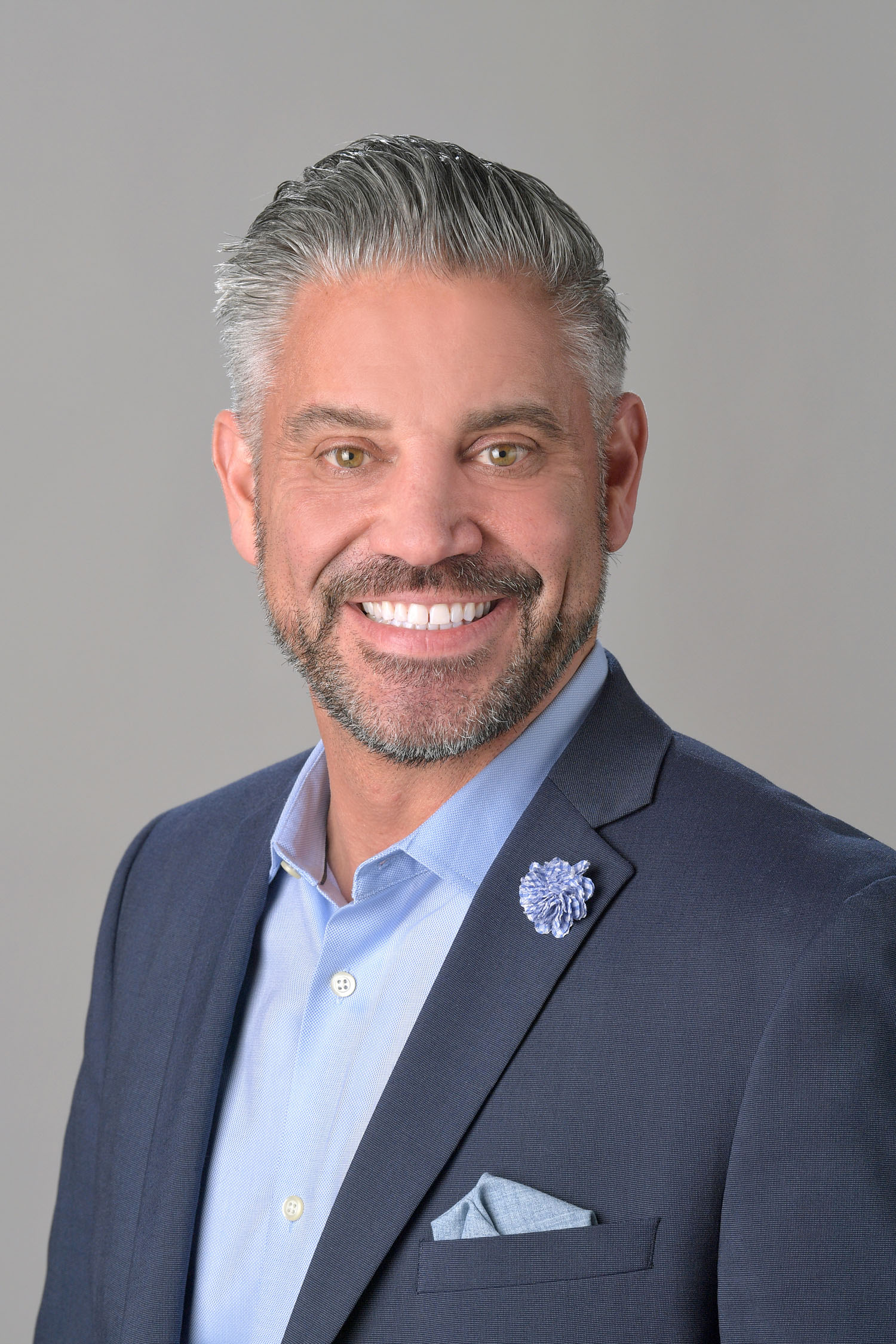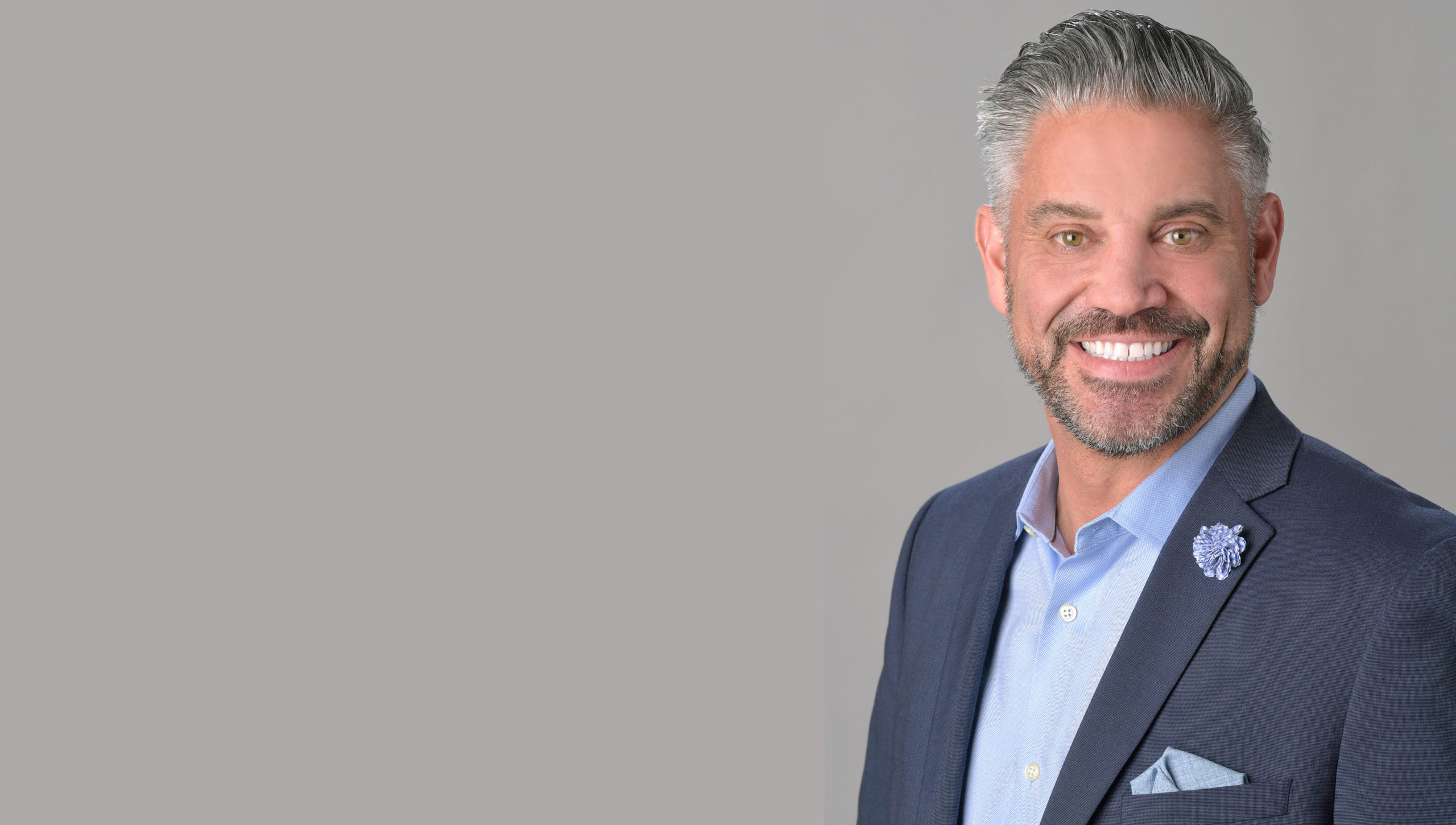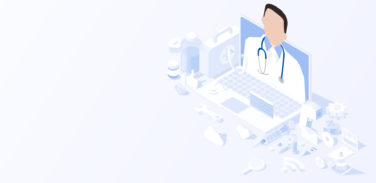In March 2019, Clarus Therapeutics got exciting news. JATENZO, the first and only oral softgel testosterone undecanoate was approved for adult males with hypogonadism. It was the first oral testosterone medicine approved by the FDA in more than 60 years. In February 2020, the product was officially on the market and the sales force was on the road. Just a month later, as COVID-19 continued its rapid spread across the U.S., Clarus—along with everyone else—pulled their sales force from the road. But unlike everyone else, Clarus was ready with a new digital strategy just three days later.
Chief Commercial Officer Frank Jaeger spoke with PM360 about how the company was able to adjust quickly in the midst of a global pandemic, how they are already deploying reps back into the field, and what all of this means for the industry moving forward.

PM360: How did you initially plan for the launch of JATENZO and then how did you adjust once COVID-19 disrupted those plans?
Frank Jaeger: In September 2019, we formed a commercial group with Syneos Health and hired a sales team—most of whom had very little experience in this particular space. So we trained them, had them ready to go, and they hit the streets on February 10th. Unfortunately, by the beginning of March, offices were already starting to shut down access, so they really never had time to start developing a routine and establishing relationships with doctors. By March 17th, we made the decision to pull them out of the field for their safety and to readjust. But within just three days—Thursday, Friday, and Monday—we had all of the materials that were created for the field transformed into digital assets and approved by Medical, Legal, Regulatory to be shared electronically through email, WebEx, and other methods. By Tuesday, we were already back in the field virtually conducting sales calls with HCPs.
In addition to the virtual sales calls, what other digital methods did you have to adopt?
Besides virtual detailing, the other key thing we did was pivot to conduct virtual speaker programs. We had planned on putting a great deal of effort into having live face-to-face educational programs. We repositioned the money we had for actual dinners and re-invested into conducting additional online webinars. These were conducted at different times throughout the day in order to accommodate healthcare providers in different time zones across the country. We also shifted resources to supplement our existing digital advertising efforts. We expanded our targeting to programmatically include key providers we needed to reach to educate. We then applied geofencing around the zip codes of those offices in order to educate the patients most likely to talk to those physicians as well.
What allowed you to move so fast in making this transition? Did you have any concern in reaching out to physicians during this unprecedented health crisis?
To be honest, we were very hesitant to engage HCPs because we didn’t want to appear insensitive to their needs and to the impact of the pandemic. Fortunately, our target physicians of endocrinologists and urologists, focused on hypogonadism (among other conditions), were not on the front lines of treating COVID-19. As a consequence, they were asking for more education. They told us they had more time now than they were ever going to have, so it became the perfect time for us to raise awareness of this disease state and our newly launched product.
We knew we had to move fast. We now had a mission. Since our organization doesn’t have a hierarchy, we were able to quickly set a strategy and get to work—and fortunately we were able to pivot a number of times as the situation was dynamic and changing daily. It’s one thing to come up with a plan, but it’s another thing to be able to execute. When I talked to my colleagues in big pharma companies, they were still in the starting gates talking about what the plan was going to be and we were already executing. That is due in large part to the commercial team and their passion to get things done. The key throughout was to listen to the market, keeping the broader environment in focus and being able to prioritize and execute.
What results have you seen so far from all your efforts?
The one thing we were concerned about was that patients were not going to get their prescriptions filled. But we have not seen that happen during this period. To be clear though, the launch is not the launch we would have wanted, but given the external circumstances, we are pleased prescriptions have continued to grow during this period. We are excited to be returning to face-to-face interactions, and our numbers will accelerate and get back onto our projected launch uptake. Since June, our entire sales force is back out in the field as states have opened up. We are grateful for the potential to get back to business as usual (or the new usual).
With your sales force going back into the field, are you having them operate any differently due to COVID-19?
Absolutely. We developed several educational modules that clinical sales specialists have to complete prior to being able to go out into the field around operations in this COVID landscape. Before they returned, they received a complete care package that includes masks, hand sanitizer, and gloves. They’ve all been trained on the proper safety procedures—everything from pre-call planning to finishing the call and coming back to the car. Number one above everything, we have emphasized they need to look out for their safety and the safety of others.
Moving forward, will you adopt any of the digital or virtual methods you used during this time on a more permanent basis?
The truth is nobody knows if things will ever go back to the way they used to be for sales reps interacting with HCPs. Some of the early research we’ve seen suggests we can expect to see a decrease in the amount of access for sales reps. Other research suggests virtual engagements are still going to be sought out by physicians after this period of time. We have also seen more HCPs embrace telemedicine. All of these observations continue to impress upon us—and I would imagine the entire industry—the need to continue to offer digital engagements, to explore the opportunities in new channels like telemedicine, and to continue to operate in a hybrid fashion as we adjust to this new normal.








